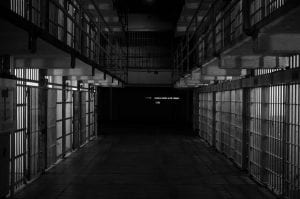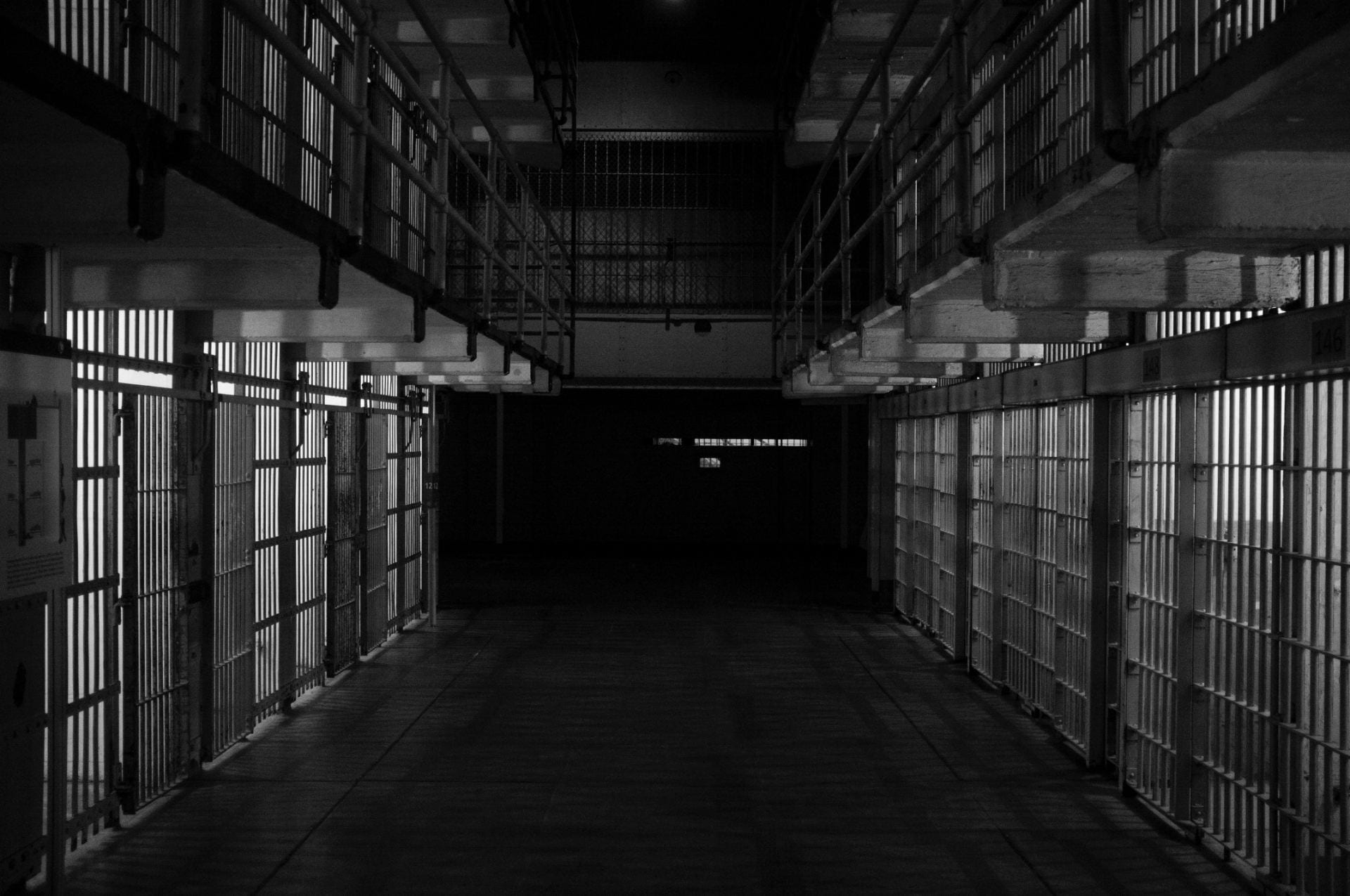Mass incarceration is a uniquely American problem that impacts the human rights of American citizens, particularly those who come from communities of color. Beginning with the introduction of more punitive approaches to dealing with crime in the 1970’s, America’s prison population has grown at an unprecedented rate. Prisoners in the United States are denied basic human dignity on a daily basis, and the rising costs of providing for a massive prison population has highlighted racial disparities, driven money away from valuable social spending, and is completely unsustainable for the 21st century.

The History and Development of Mass Incarceration
While the incarceration rates in the United States remained relatively stable in the United States until about the mid-1970s, they began to increase at an almost exponential rate with the introduction of “tough on crime” language by local and national politicians across the nation. Despite crime rates falling drastically since the early 1990s, this trend has continued into the 21st century and incarceration rates in America remain at historic highs, with continued growth for nearly four decades . According to research done by the Sentencing Project, “the combined prison and jail population of about 330,000 in 1972 has mushroomed to 2.2 million today”. The beginning of the movement to end this unprecedented rate of mass incarceration can be, in many ways, traced back to the financial crisis of 2008, where it was recognized by many politicians that the current fiscal costs of America’s prison system were unsustainable. While the modern push to end mass incarceration is a more recent development, measures to keep low-level offenders out of prison have existed in the United States since the nineteenth century, when the probation system began to focus on reform rather than punishment. Although reform has always been a stated goal of prison systems in the United States, the adoption of many “tough on crime” measures in the latter half of the 20th century, particularly mandatory sentencing and three strikes laws, have forced judges to mandate harsher sentences for crimes.
Racial Disparities in Mass Incarceration
The current rate of mass incarceration in the United States is 5.6 times higher for Black people and 2.6 times higher for Hispanic people when compared to the incarceration rate of whites in the United States. While Congress never officially declared a “War on Crime”, the language of war has been used to terrorize neighborhoods, most frequently neighborhoods of color, leading to many calling the current attitude of criminal justice in the United States a “New Jim Crow”. As communities of color in the United States continue to face systemic racism, one of the most glaring ways inequity comes to mind is the incarceration rates of people of color. According to research done on the history of incarcerations, for Black people in particular, the “tough on crime” initiatives adopted in the 1970s only led to an “exponential increase” in the rate of Black people being given prison time. This is a glaring failure of the American criminal justice system in addressing racial inequality, and has only harmed Black communities as the longer prison sentences given today dramatically reduce the human capital available in Black communities.
Mass Incarceration’s Drain on Social Spending
Mass incarceration continues to have a large impact on criminal reform and reentry programs that have been proven to reduce recidivism rates at a far greater effect than prison alone. With the increase of longer prison sentences being handed out, often due to mandatory sentencing laws, the American prison population is much older than it has ever been. Not only does an older prison population cost much more in healthcare spending as healthcare problems are heightened by both age and time spent in prison, but many of these prisoners have “aged out” of their high-crime years and are statistically unlikely to reoffend. Between 1993 and 2013 alone, the fifty-five and older prison population in state prisons increased by “four hundred percent”. This enormous increase in costs over the last half century has directly impacted public safety in a negative way by taking funding away from effective reform programs and prison alternatives such as drug treatment programs, public schooling, and community policing.

Promising Reforms
While the problem of mass incarceration has painted an extremely bleak picture of the effectiveness of the criminal justice system in America, there have been a few promising reforms by responsible parties that have begun to given those serving time in the United States the human dignity they deserve. For example, an initiative by the Obama administration to reduce time spent for drug charges “lowered the average prison term from twelve years to ten years”. The United States Sentencing Commission’s tight grip on personal choice by judges in individual cases can also be lightened by ending mandatory sentencing standards and three-strikes laws, and reforms made in several states showed almost no increase in recidivism rates despite more prisoners being released. Reform is very slow due to the interest of many politicians to have a continued “tough on crime” stance, despite empirical data showing the failures of these policies to improve public safety and their extremely high burden on the American taxpayers. Despite increasing calls to end mass incarceration in America, the popular talking point of going slow in reform measures has led to millions in prison, with many being denied basic rights every single day, despite posing a low risk to society. Every year, countless thousands of hours of time are stolen from vulnerable communities due to long and inhumane sentencing for even low-level drug charges, decreasing the economic and social productivity in the United States. Though many are privileged enough to never face the American prison system, we all suffer the consequences of mass incarceration in the United States, with no proven results for its effectiveness.
In 2021, the Biden Administration is starting to tackle mass incarceration. One of President Biden’s first executive orders was a welcome reform to the Department of Justice, phasing out the use of private prisons. While activists know much more is needed to be done, it is a refreshing step in the right direction.

